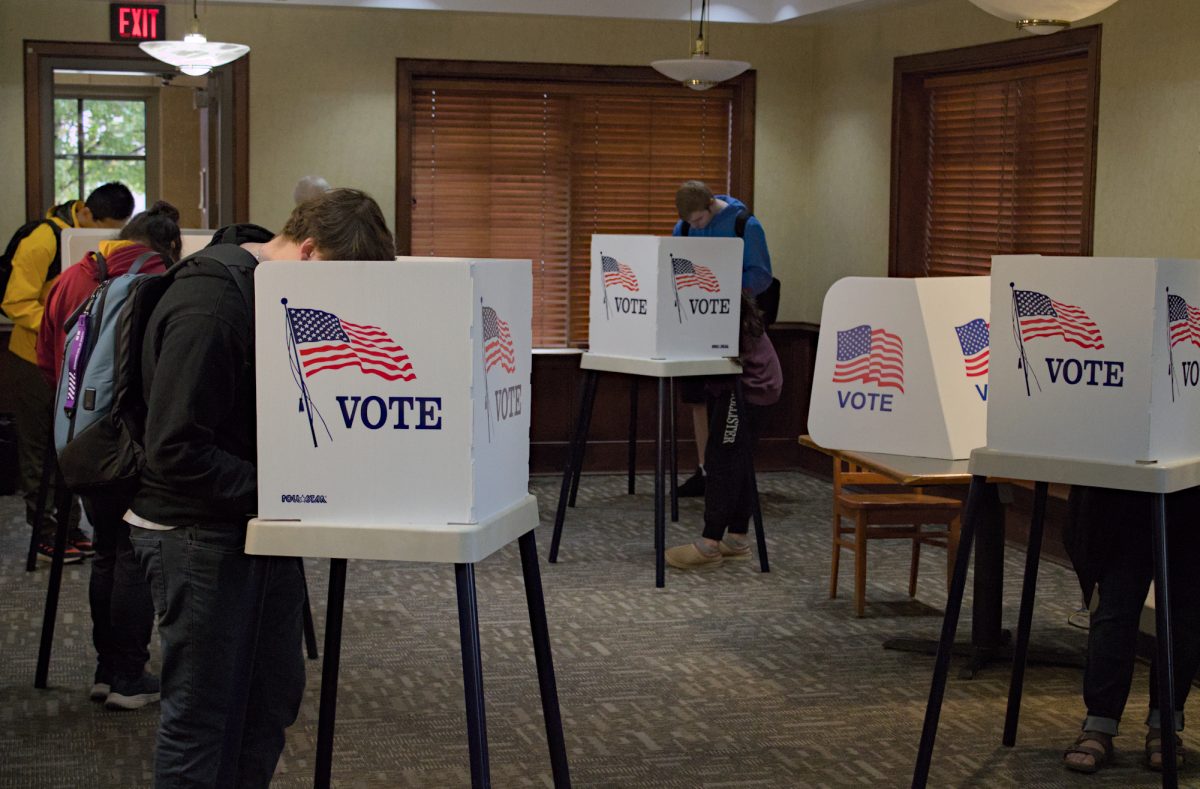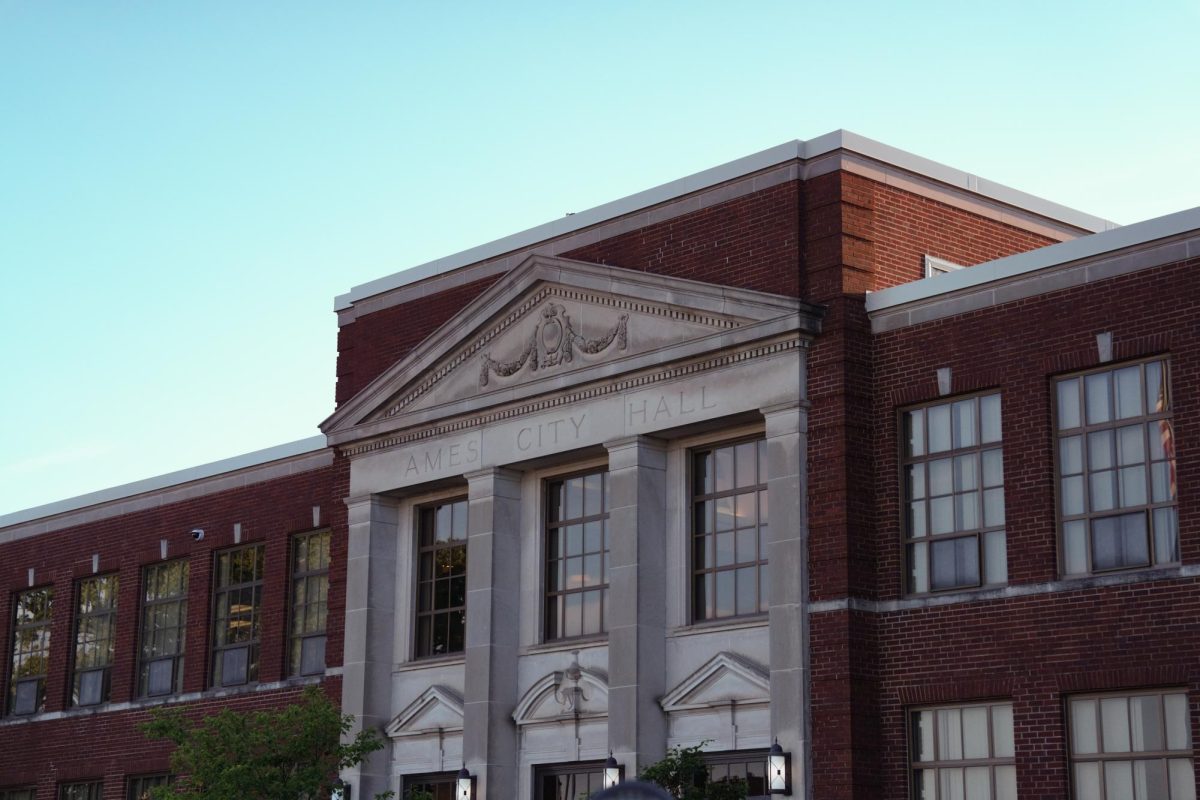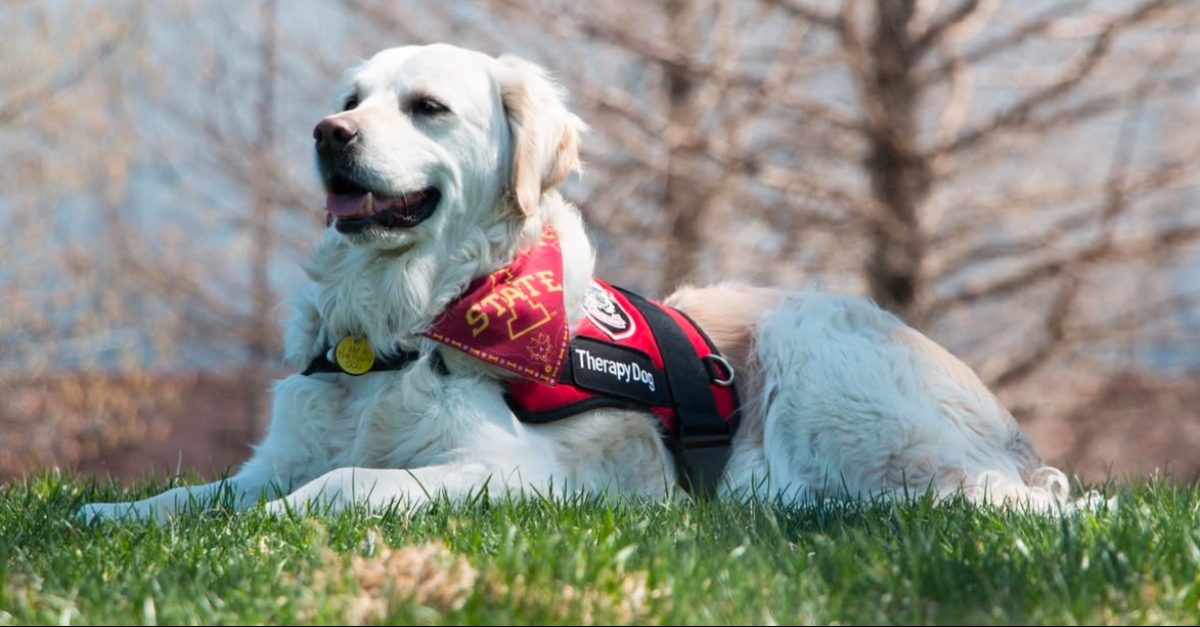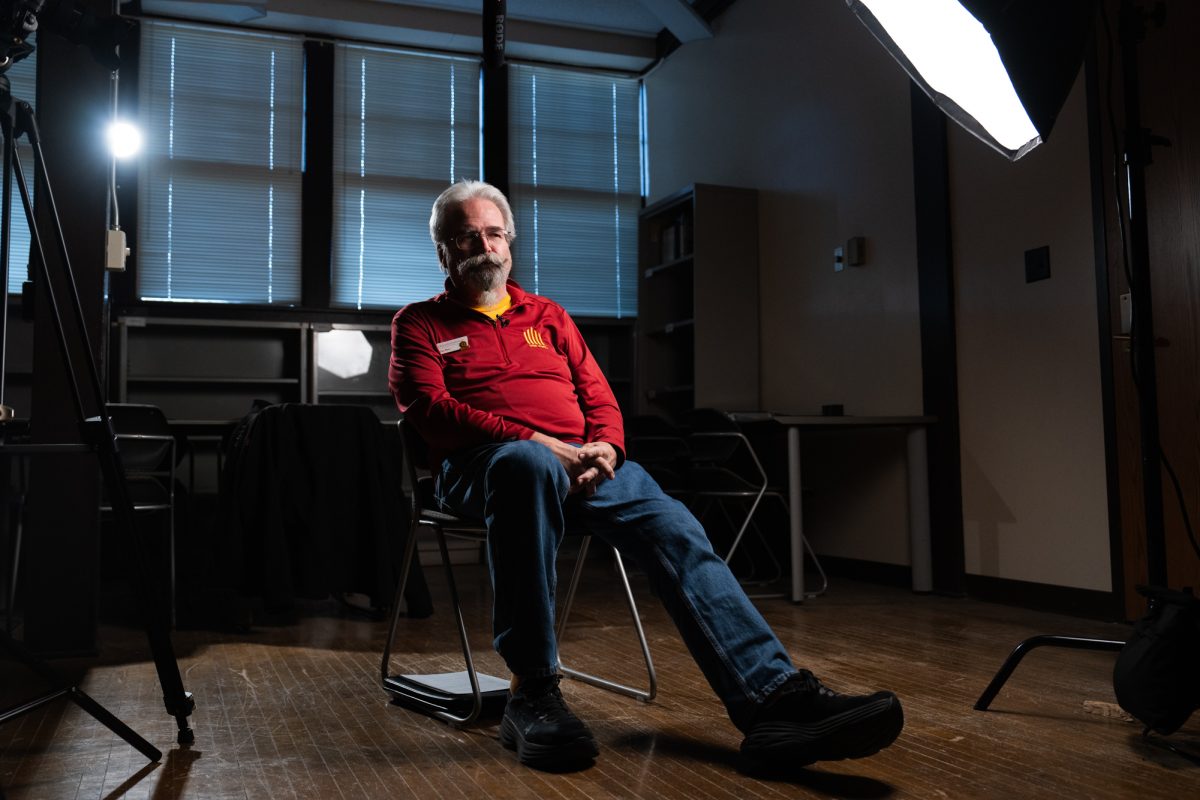Since the last presidential election, there have been changes to ballot drop boxes and absentee ballot timelines in Iowa.
Since the Voting Rights Act of 1965, there have been many acts and amendments to increase individuals’ access to voting and security at voting locations. These acts and amendments include but are not limited to the 26th Amendment to the Constitution, H.R. 6219 and the Voting Accessibility for The Elderly and Handicapped Act.
Passed on March 5, House File 2610 introduced a ban on ballot drop boxes, required absentee ballots to be returned the day before the election and made it essential for voters to bring a form of photo identification with them to the polls.
Karen M. Kedrowski, director of the Carrie Chapman Catt Center for Women and Politics provided a comment on House File 2160. According to her, the requirements posed by the file have affected voting for some individuals, especially caregivers, people with disabilities and those with multiple jobs or odd working hours.
“By not using or limiting the number of drop boxes is definitely something that could impact minority voters and voters with disabilities,” Kedrowski said. “The reason is people with disabilities may have difficulties with transportation and getting around. So, having a drop box is very convenient. It also makes it easier for people who might not have cars to be able to vote and drop off their ballots at a drop box. [Drop boxes are also useful] to work around alternative work schedules.”
Voters with disabilities and mobility issues may have to utilize curbside voting, voting assistance or the AutoMARK Ballot Marking Device or OpenElect OVI voting machines.
“Not everybody is as able-bodied as I am,” said Helen Colvin, an Ames resident and voter. “Not everybody has an employer with flexible hours.”
Prior to 2007, the polls in Iowa closed at 9 p.m. Senate Study Bill 1241 adjusted the closure time to 8 p.m.
Kedrowski mentioned this decision in a previous article by the Daily and reiterated her point during the interview for this article.
“Another thing that would actually be really helpful is if election day was either a remote learning day or classes were canceled,” Kedrowski said.
Kedrowski said that many students have to juggle classes, work, parenting, and other activities. According to her, having a restructured class schedule for election day would provide a higher student voter turnout.
According to the Iowa Legislature website, House File 2610 adjusted the deadline for absentee ballots, requiring them to be returned the day before the election in order to be counted. Voters using absentee ballots must request the ballot on time, fill it out and mail it with adequate time for the postal service to return the ballot before the deadline.
“I think we should have as much absentee voting as possible,” Colvin said.
According to Alex Tuckness, chair of the political science department, absentee ballots are also used by university students across the country who have busy schedules or other commitments on Election Day. Tuckness commented on the real-world complications that affect college students’ ability to vote.
“To the extent that laws push students toward only voting on election day, students who are lower income and may have jobs that are inflexible are going to have a harder time voting than other students who have more flexible schedules,” Tuckness said.
According to Kedrowski, House File 2610 also changed the limitations on who is able to submit a ballot on another’s behalf. Only immediate family members and people who live in the same household are able to submit a ballot for another person. Kedrowski said this may place additional restrictions on voters who are unable to place or deliver their vote themselves.
Keiran Sullivan, a sophomore studying aerospace engineering and voter, provided a comment on the new absentee ballot restrictions.
“I think it’s a bad thing to do,” Sullivan said. “It’s a political pressuring tool because, on Election Day, many people are busy, they work and they can’t come in. [An] absentee ballot is, for a lot of people, their only option. By forcing them to come in, they could be missing work or they could miss voting at all.”
Though casting a ballot might involve more planning for some this year, Iowa State makes an effort to ensure that voting is accessible to all students. Iowa State student IDs can be used as an acceptable form of identification at polling locations, and there are five total sites on campus where students can vote. Additionally, the state of Iowa allows for same-day registration, so it is not necessary to be registered before visiting a polling location.








